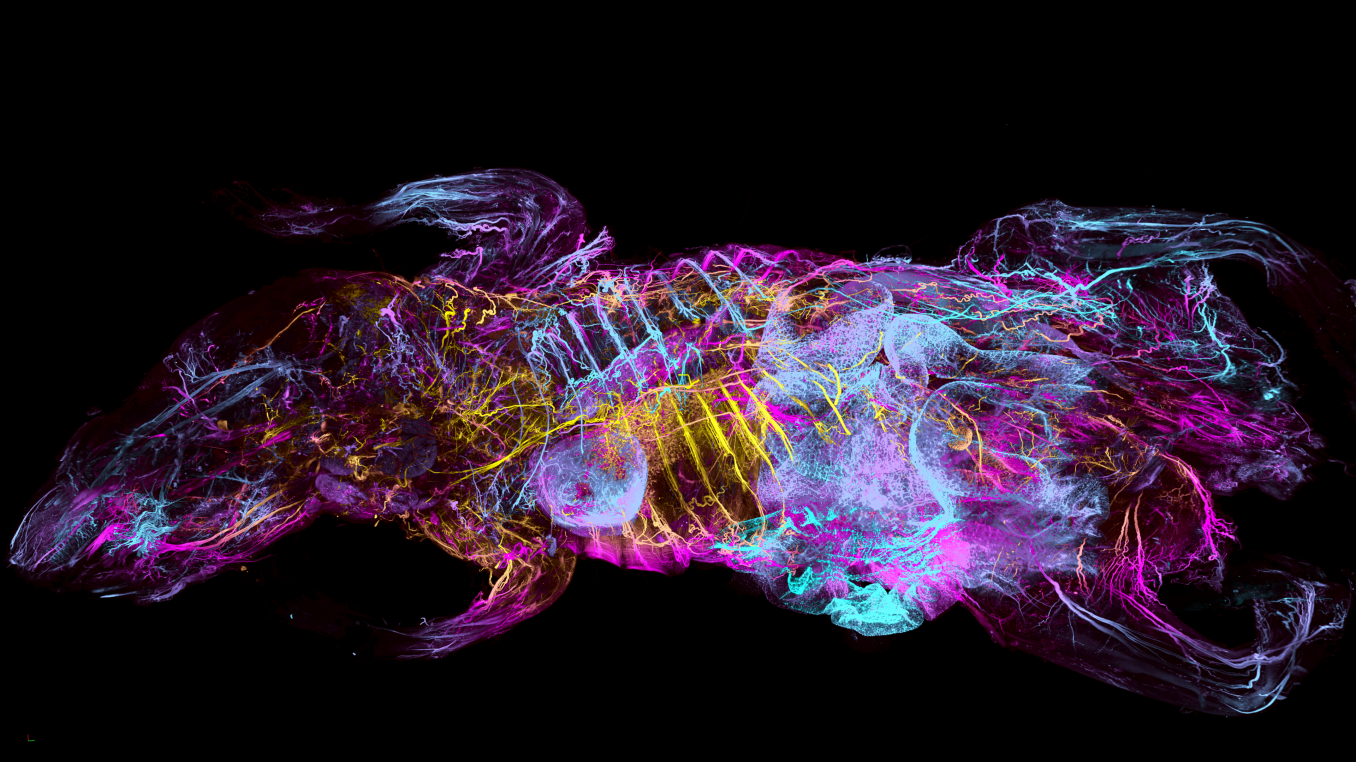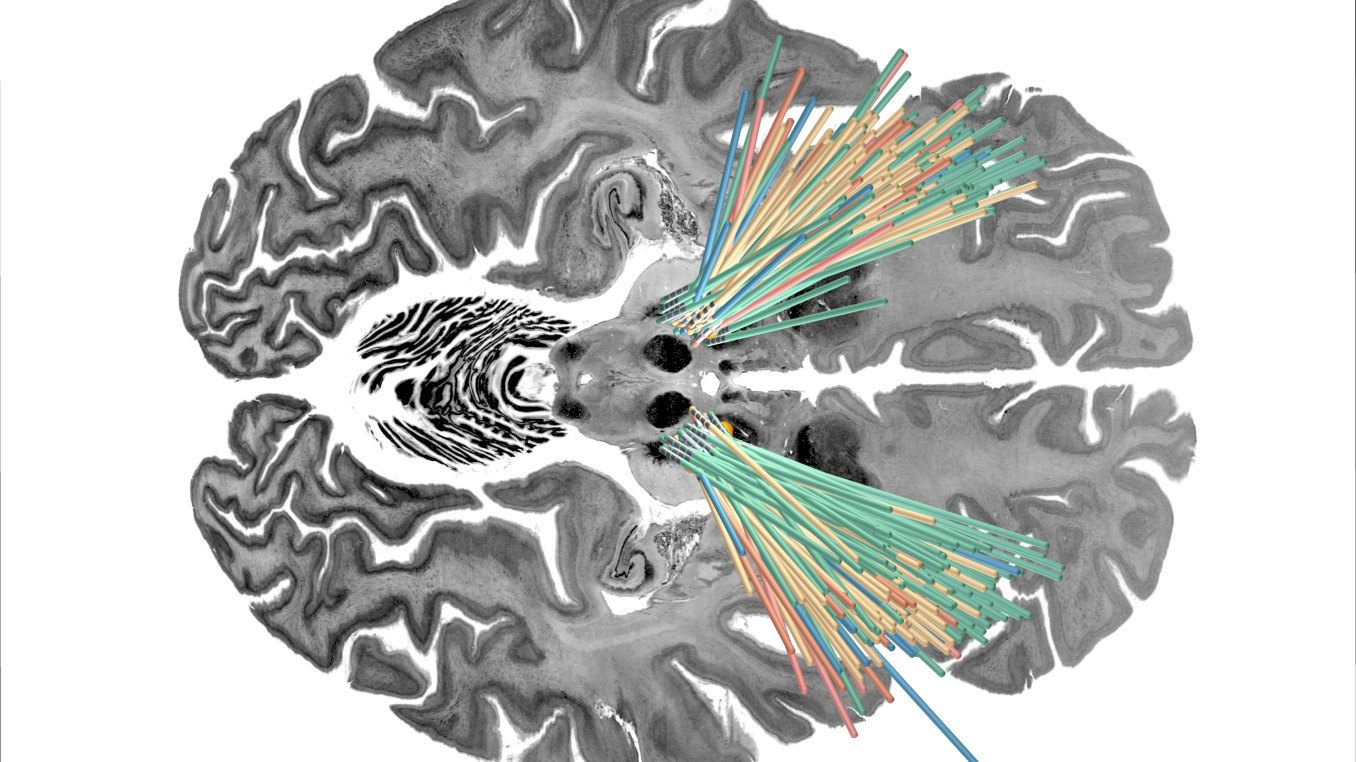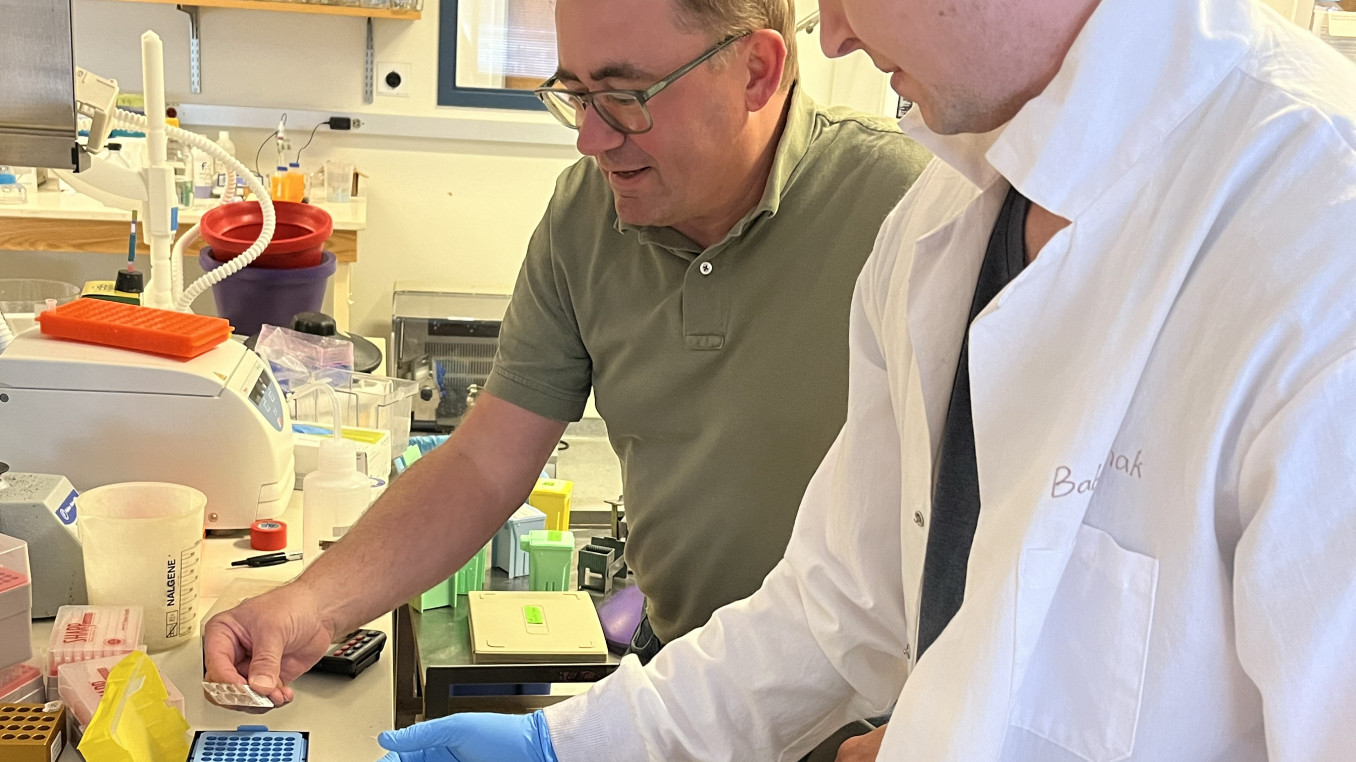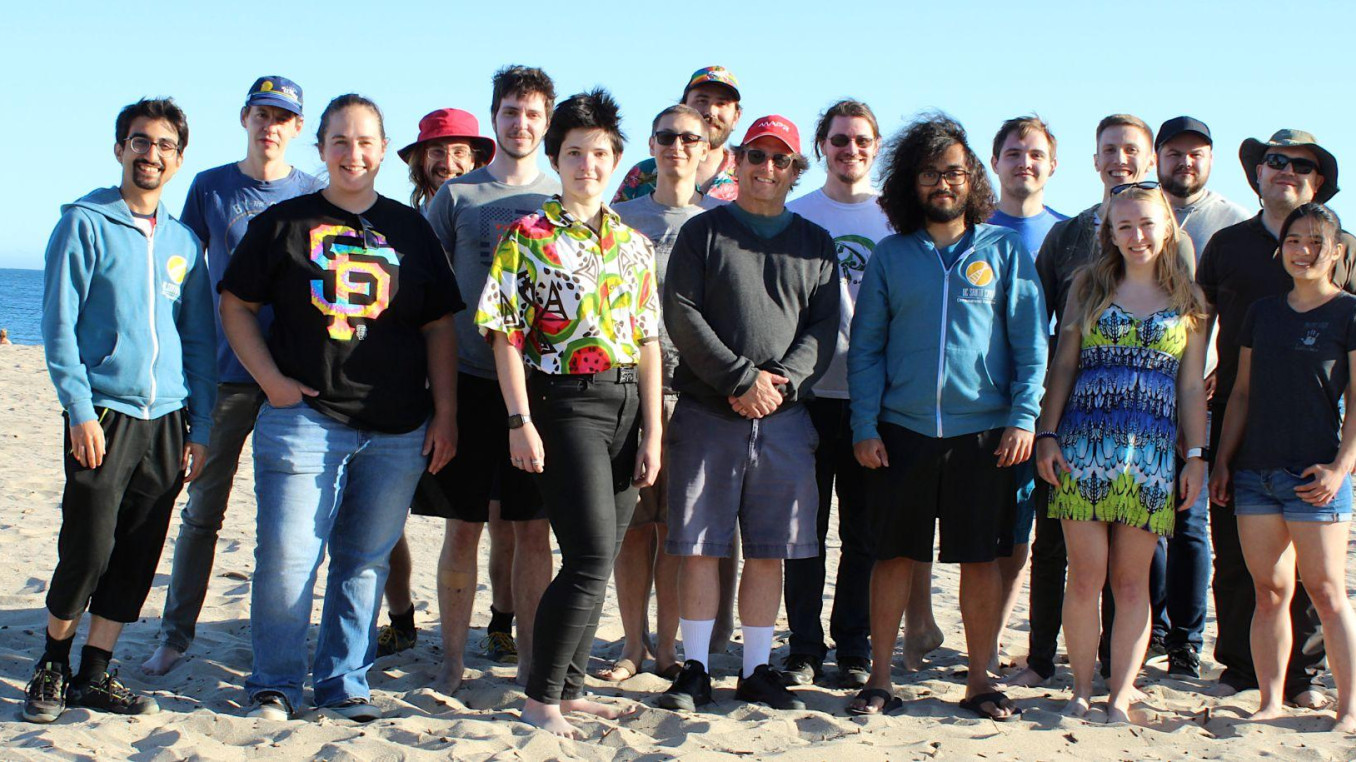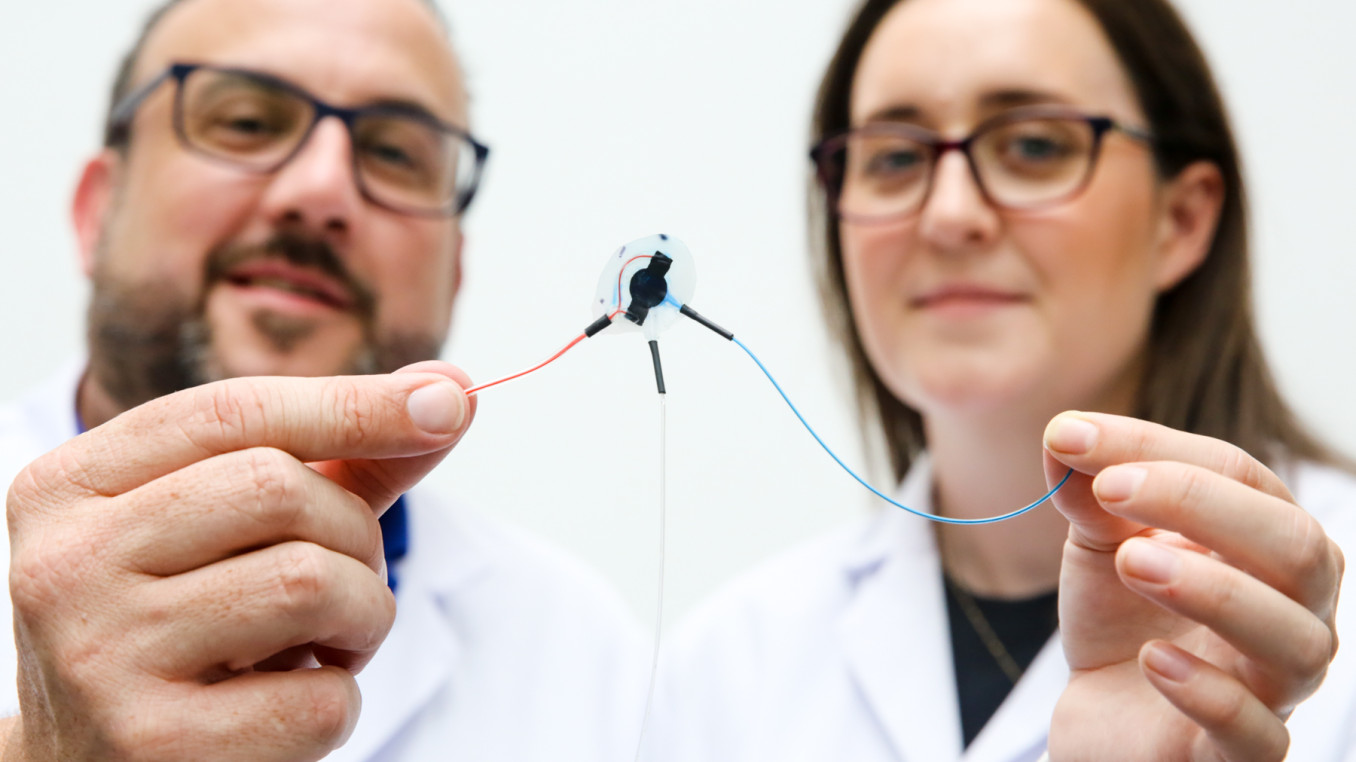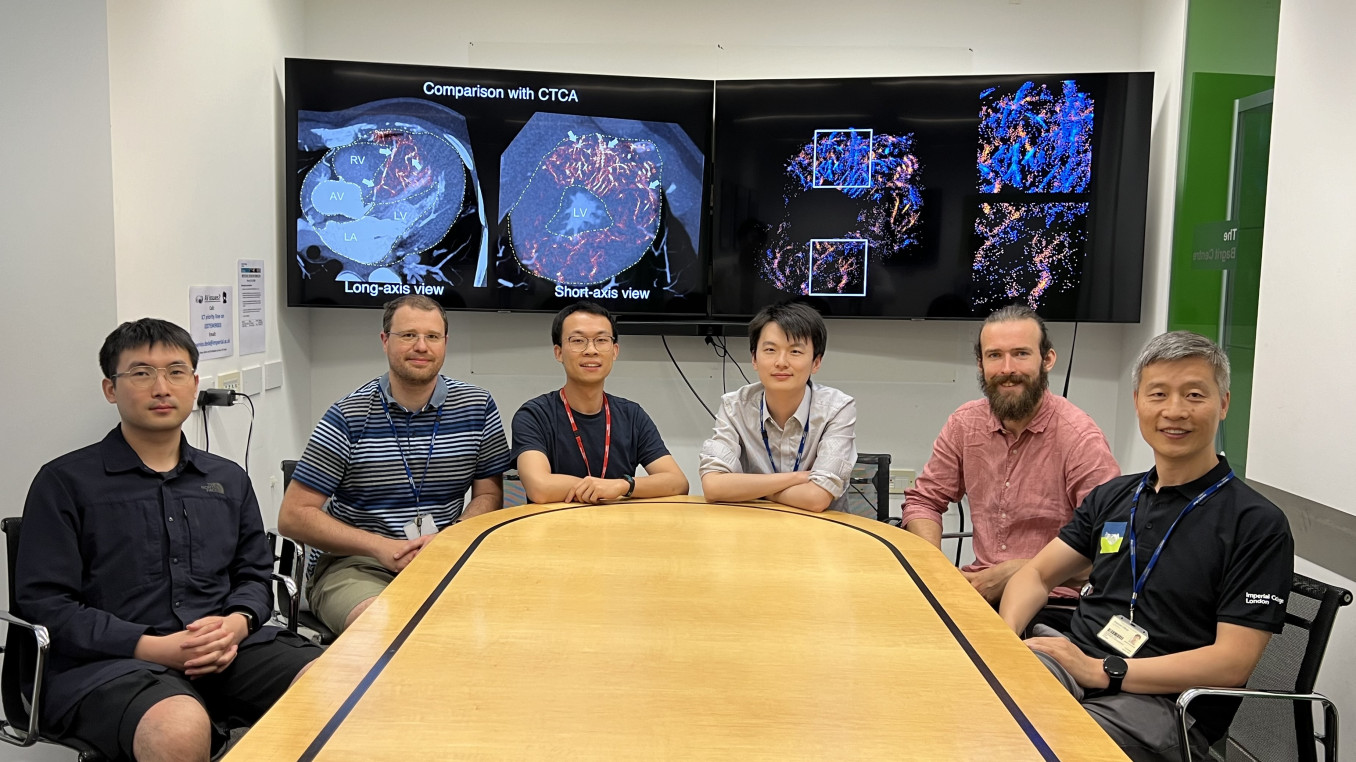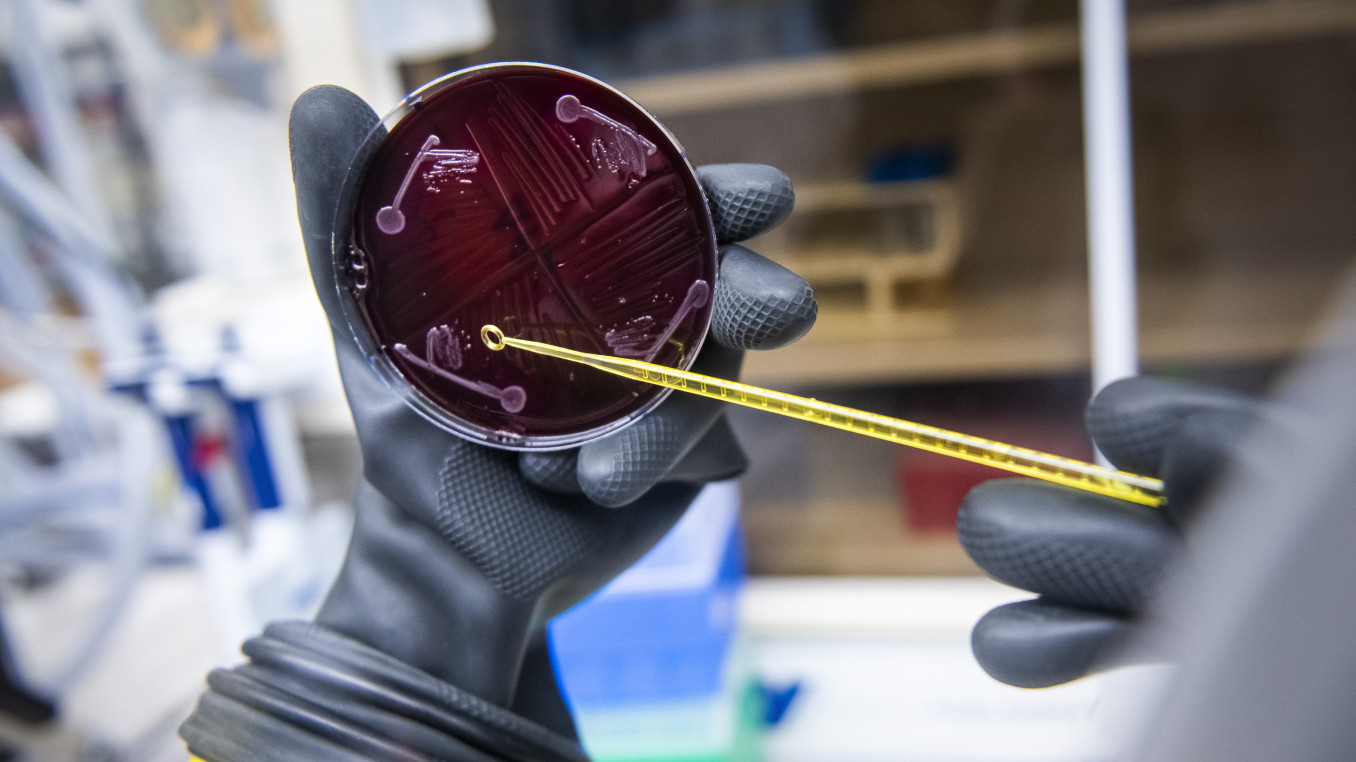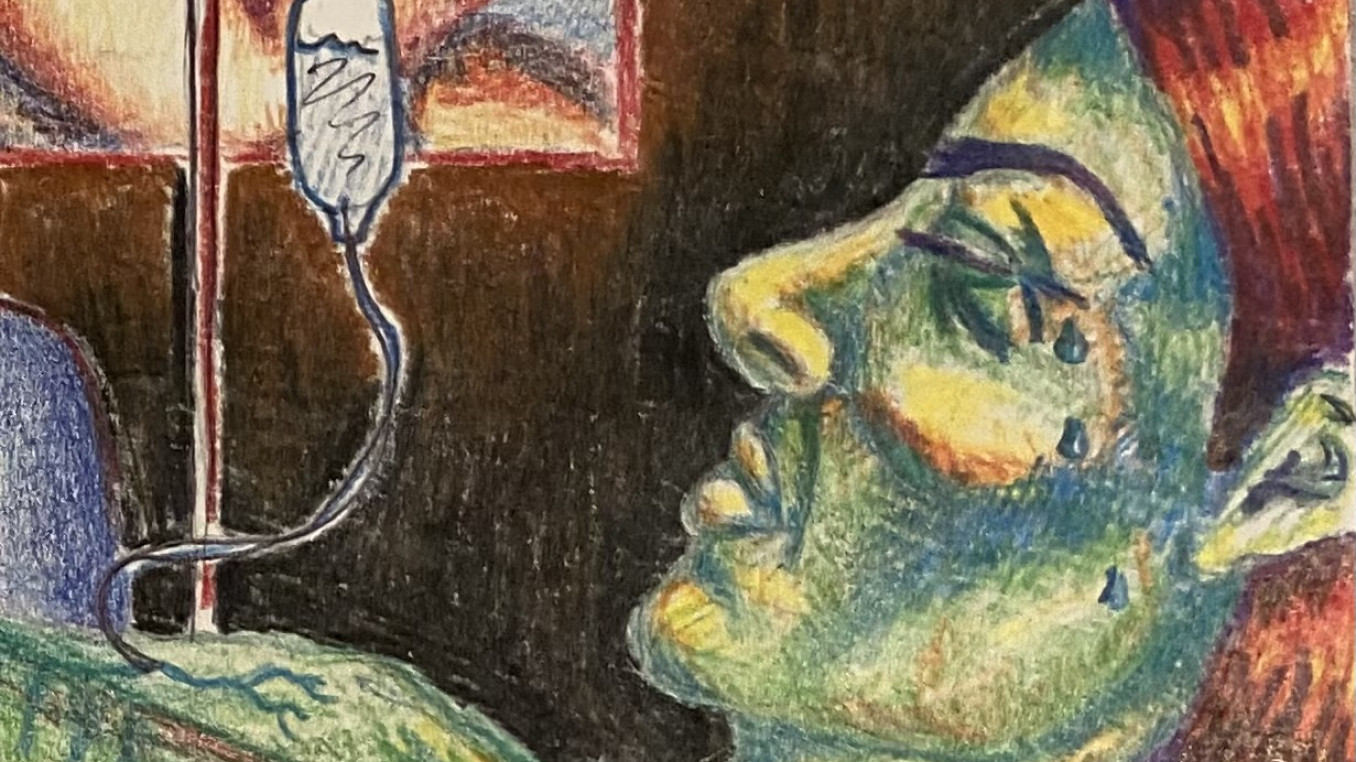Mapping the Human Dysfunctome: Andreas Horn's Innovative Approach to Brain Disorders
Breaking the Wall of Dysfunctional Brain Circuits
Winner Interview 2024: Life Sciences
Andreas Horn is revolutionizing our understanding of brain disorders through his research on dysfunctional brain circuits, or "oscillopathies." By analyzing large cohorts of patients who underwent Deep Brain Stimulation (DBS), Horn's work identifies and maps these circuits, leading to improved, targeted treatments for conditions like Parkinson's Disease, Obsessive Compulsive Disorder, and depression. His methods and software, shared openly, pave the way for patient-specific, precise DBS therapies, enhancing the efficacy of this transformative treatment.
Which wall does your research or project break?
Circuits in the human brain may become dysfunctional for various reasons, such as genetic factors, degenerative disease, naturally occurring brain lesions or toxic influence. Along these circuits, aberrant oscillations may occur, which disrupt healthy brain function and hence lead to brain disorders with neurological or psychiatric symptoms. In this framework, these states are sometimes referred to as 'oscillopathies'. While the dysfunctional circuits are typically small in scope, they may still impact other, healthy circuits of the brain. Putting brakes on these circuits by tuning their activity down will hence lead to restored balance in the brain and alleviates clinical symptoms in various conditions. Exactly how to identify the dysfunctional circuit in the first place, however, remains a challenging problem – or wall – to solve/break.
Deep Brain Stimulation is an efficacious treatment option for brain disorders such as Parkinson's Disease or Obsessive Compulsive Disorder, and has been investigated for treatment of Depression and Alzheimer's Disease, as well. In this neurosurgical therapy, fine electrodes exert weak currents on brain tissue, and by doing so they can disrupt pathologically alleviated activity in dysfunctional circuits. When analyzing larger groups of patients in a uniform brain space and by interlinking electrodes with biophysical models and a wiring diagram of the human brain (the 'human connectome'), we are now poised to identify dysfunctional circuits that lead to disease.
Our research analyzes large cohorts of patients that underwent deep brain stimulation surgery at centers, world-wide. We have pioneered methods that model the impact of each electrode on the human connectome and have openly released methods and software to other scientists interested in doing so. Based on these methods, our research aims at identifying large scale dysfunctional brain circuits that lead to disorders such as Parkinson's Disease, Obsessive Compulsive Disorder, Tourette's Syndrome, Alzheimer's Disease, Dystonia and depression. Together, we term this growing set of circuits the 'Human Dysfunctome', a library of dysfunctional brain circuits that lead to neurological and psychiatric brain disorders.
What are the three main goals of your research or project?
The three aims of this research are, first, to identify as many as possible dysfunctional brain circuits that each lead to disorders or symptoms in the human brain. Second, we would like to interlink these circuits to 'connect the dots’. For instance, circuits that lead to depressive symptoms in Parkinson's Disease, Obsessive Compulsive Disorder or Epilepsy have been shown to overlap with circuits associated with Major Depressive Disorder. Finally, third, we develop methods that aim at putting the ‘brakes' onto dysfunctional circuits in the most deliberate, patient-specific and targeted fashion, possible. Deep Brain Stimulation (DBS) is a fantastic treatment option, but we need to guide both DBS surgery and programming to make sure the correct dysfunctional circuits are properly reached in each patient.
What advice would you give to young scientists or students interested in pursuing a career in research, or to your younger self starting in science?
It is hard to give advice since every person, as well as their circumstances and resources are different. However, if I had to give two points of advice, they would be as follows:
1. Follow your passion, not the passion of others or a go-to hip topic that is currently dominating the field. Fashions change as the seasons do, but your own interests may be more stable. If you invest into something that you are passionate about, it will never be time wasted and always rewarding. It will also bring out the best in you, which will give you the advantage to potentially pass beyond perceived limitations in the field. If you should not know what you are passionate about, to begin with, don't worry: Pick something that feels right. The nice thing in academia is that almost any topic will become more fun, the more you learn about it.
2. Be a fan to others. You can be a friend, colleague, or even foe to others in the field and others in your life. To me, adopting a "fan" attitude toward almost anybody has been most rewarding – even and especially toward people that disagree with me. They always have their reasons and passions, they all follow a logical thread of where they are coming from. They should be applauded for their efforts. Adopting this mind-set might help you stay grounded, humble, and fun to collaborate with. However, more importantly, it will simply help you – quite egoistically – to maximize the fun you have with others. If somebody should disagree with you, instead of being defensive or challenging their views, ask to learn and extend their vision further. Typically, most humans are great, mean well and have their reasons for behaving as they do.
What inspired you to be in the profession you are today?
Seeing a single patient's deep brain stimulation device switched on, which leads to the sudden stop of their tremor, does the trick for most people. It certainly did the trick for me.
What impact does your research or project have on society?
We help identify refined treatment options for various brain disorders, such as Parkinson's Disease, Obsessive-Compulsive Disorder, Alzheimer's Disease or Depression.
What is one surprising fact about your research or project that people might not know?
Deep Brain Stimulation is not a new treatment option. In its present form, it has been invented in the 1980ies, but there even have been devices implanted starting in the 1950ies. Over 200.000 patients have been treated, and some have had their devices implanted for over 20 years, walking our world and taking part in our daily lives with this fantastic invisible treatment option.
What’s the most exciting moment you've experienced over the course of your research or project?
Identifying the tract associated with improvements in obsessive compulsive disorder, has been particularly exciting, since it has been a surprise finding. We identified the same exact tract in two separate research projects. Seeing it appear the second time was a true heureka moment, since I had already seen it before.
Artwork created with our software
Further reading and links on the Nature Neuroscience paper (Hollunder et al.)
"Research Briefing" at Nature Neuroscience
Mass General Brigham: "Health and Wellness Library entry"
Summary article by Barbara Hollunder for Harvard Brain Science Initiative
Further reading and links on the Nature Communications paper (Rajamani et al.)

